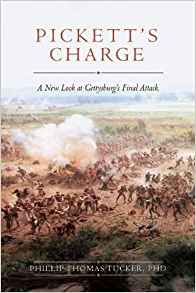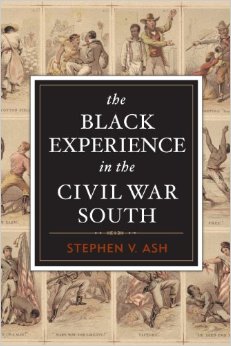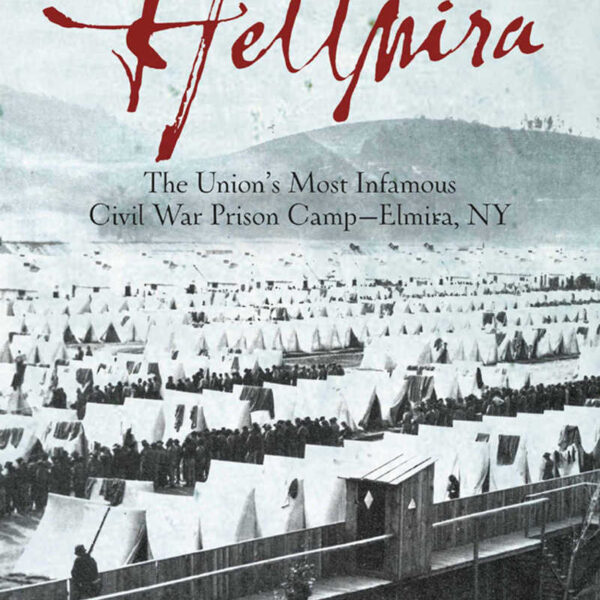Pickett’s Charge: A New Look at Gettysburg’s Final Attack by Phillip Thomas Tucker. Skyhorse Publishing, 2016. Cloth, ISBN: 978-1-63450-796-7. $27.99.
 Phillip Thomas Tucker’s examination of Pickett’s Charge begins with a bold pronouncement: Robert E. Lee’s attack on July 3, 1863, which launched 12,500 men across three-quarters of a mile of open ground, subject to long-range artillery, enfiladed fire, and battle-hardened defenders at the copse of trees on Cemetery Ridge was no blunder, but rather a “brilliant tactical plan” that almost doomed the Union—if it had not all gone so horribly wrong for Lee and his men. Citing a trove of southern sources, Tucker’s argument focuses on the three branches of Lee’s Army of Northern Virginia that he deployed in south central Pennsylvania. The charge, for Tucker, could have succeeded were it not for poor coordination and a failure to follow Lee’s orders.
Phillip Thomas Tucker’s examination of Pickett’s Charge begins with a bold pronouncement: Robert E. Lee’s attack on July 3, 1863, which launched 12,500 men across three-quarters of a mile of open ground, subject to long-range artillery, enfiladed fire, and battle-hardened defenders at the copse of trees on Cemetery Ridge was no blunder, but rather a “brilliant tactical plan” that almost doomed the Union—if it had not all gone so horribly wrong for Lee and his men. Citing a trove of southern sources, Tucker’s argument focuses on the three branches of Lee’s Army of Northern Virginia that he deployed in south central Pennsylvania. The charge, for Tucker, could have succeeded were it not for poor coordination and a failure to follow Lee’s orders.
As with most current and contemporary analyses of the third day at Gettysburg, lackluster leadership and clear communication doomed the Confederacy’s assault. The Confederacy’s artillery barrage was supposed to remove Union artillery from the field to make safe the infantry’s assault, and howitzers were to accompany the infantry and guard their flanks. However, communication broke down in the heat of battle, and it seems that Colonel Alexander’s cannonade expended the ammunition, rendering the flying artillery battalions moot. As for the cavalry assault on the Union rear, Tucker addresses the matter in the introduction, but only touches on it tangentially in the narrative. Of course, Confederates spent decades and not a small amount of ink after the war making similar critiques after the war—usually at Longstreet’s expense—and Tucker follows in that vein. In this book, Lee is blameless for what befell his army.
Although any study of the military aspects of Pickett’s Charge must include familiar aspects like Longstreet’s hesitancy, Kemper’s and Armistead’s near-miraculous breach of Meade’s lines on Cemetery Ridge, and the absence of General Pickett at the front, Tucker’s work does go beyond the familiar names. Sections about Irish, German, and even two “black Confederates” who fought at Gettysburg, flesh out the make-up of Pickett’s division. As interesting as some of this information is, Tucker fails to provide similar snippets to flesh out the Army of the Potomac. Indeed, this oversight extends beyond this one example and mars what could be an otherwise interesting and well written book about Pickett’s Charge.
It is often said that the victors write history, but in the case of the Civil War, that assumption is often called into question. Tucker seems to follow that model by placing a preponderance of his focus on the Confederate troops, their actions, and their decisions. The Union perspective is almost completely missing. There is no sense that the Yankees did much of anything to thwart Lee’s plans. Instead, the Union army had things done to it, and only by the incompetence or unwillingness of Confederate generals, luck, or happenstance, did the Army of the Potomac prove victorious. Such a reading borders on Lost Cause-ism and negates the broader meaning of the Battle of Gettysburg: that the Army of the Potomac had found its confidence and was able to hold its own against Lee’s Army of Northern Virginia. The approach Tucker takes lacks any sort of recognition that Union arms won at Gettysburg; rather, he puts forth an interpretation that had Confederates, despite a tactical plan that could have won on July 3, succumbed to defeat. The one exception to this is initiative shown by Union artilleryman Henry Jackson Hunt, whose skillful placement and accurate return-fire stymied Alexander’s barrage.
At times very original, and at other times too reliant on old interpretations, Tucker’s Pickett’s Charge is nonetheless a fun read. It reminds readers of the importance of contingency and that war was indeed a destructive, deadly thing. Although there are shortcomings, especially the lack of serious or sustained treatment of Union efforts, it makes for good reading that will appeal to many readers.
Adam Pratt teaches history at the University of Scranton. He can be reached at [email protected].




